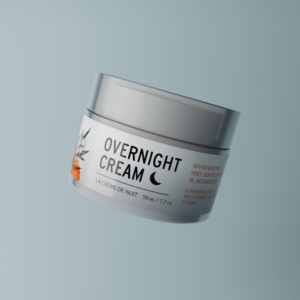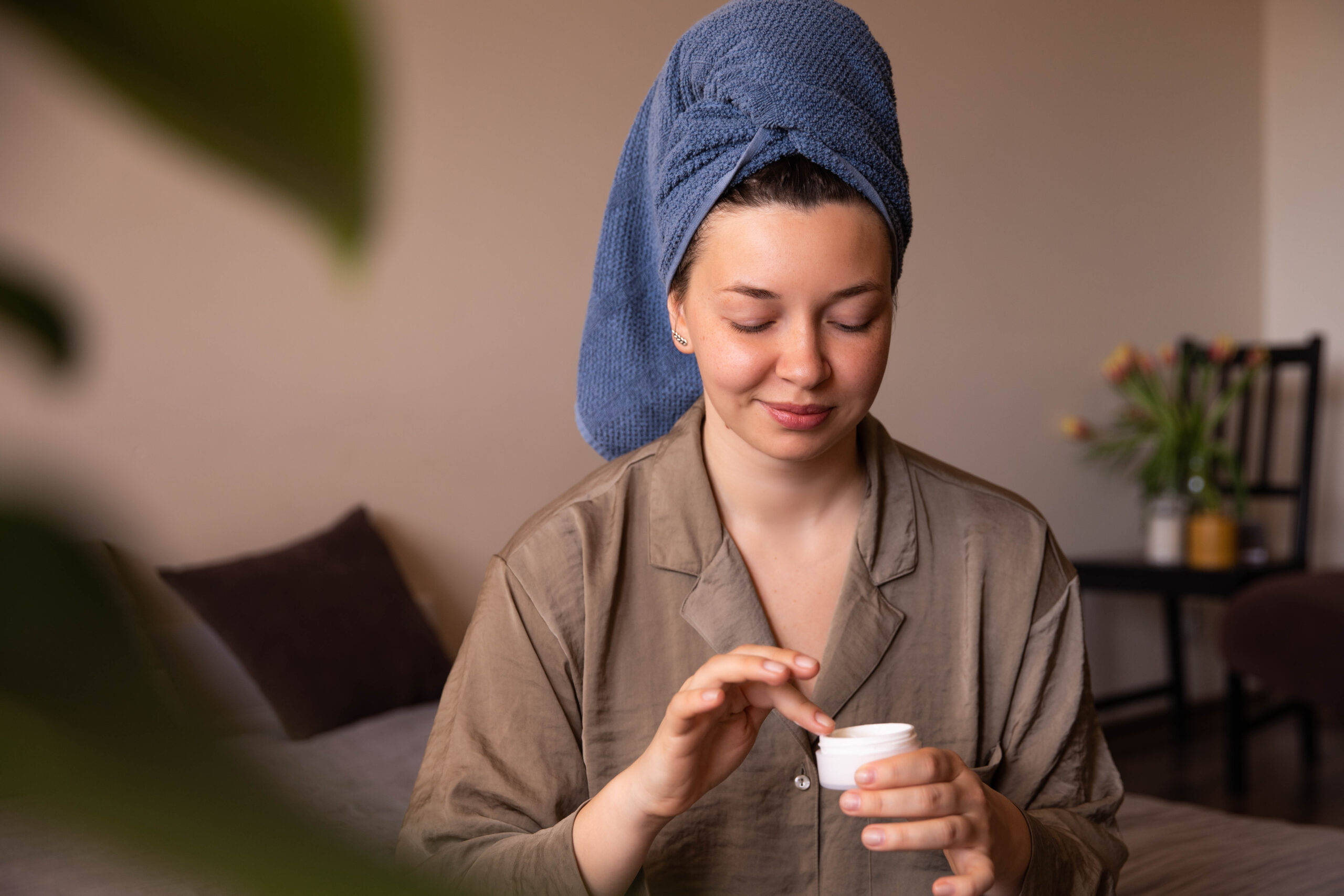Incorporating an overnight cream into your skincare routine is a step many often overlook. Yet, during sleep, your skin undergoes important repair processes. This article explores the role of overnight creams, their benefits, and how to integrate them into your skincare routine effectively.
Understanding the Role of Overnight Creams
Overnight creams are formulated specifically for nighttime use. Unlike day creams that often focus on protection from environmental stressors, overnight creams are designed to support skin recovery while you rest. They are usually richer in consistency and contain higher concentrations of active ingredients aimed at replenishing skin cells.
Why Nighttime Matters in Skincare
Skin doesn’t behave the same way around the clock. At night, it enters a reparative phase. Cell turnover increases, moisture loss occurs more rapidly, and the skin becomes more permeable. This makes it the ideal time to apply products that can penetrate deeper and work without interference from sun exposure, pollution, or makeup.
Key Benefits of Using an Overnight Cream
Choosing the right overnight cream can have long-term positive effects on your skin’s health. Here’s how it contributes to your skincare routine:
Supports Skin Repair and Regeneration
Overnight creams support the natural repair cycle by delivering nourishing ingredients that aid in skin renewal. This includes peptides, ceramides, and vitamins that help strengthen the skin barrier and encourage cell regeneration.
Provides Deep Hydration
These creams are typically formulated with ingredients like hyaluronic acid, glycerin, or squalane. These compounds help to restore lost moisture, especially since trans-epidermal water loss is more prominent during the night.
Reduces Signs of Fatigue and Aging
Lack of sleep can leave skin looking dull and tired. Overnight creams with ingredients such as retinol or niacinamide may help reduce the appearance of fine lines, improve skin tone, and promote a more rested appearance by morning.
Helps Balance Skin After Daily Stress
Throughout the day, your skin encounters external stressors like UV rays and air pollution. An overnight cream can help soothe irritation and replenish what was depleted. Ingredients such as aloe vera, panthenol, or chamomile extract are commonly used for their calming effects.

How to Choose the Right Overnight Cream
Selecting an overnight cream should be based on your skin type and the concerns you’re
For Dry Skin
Look for thicker creams that offer deep hydration. Key ingredients might include shea butter, ceramides, or urea. These compounds help retain moisture and prevent overnight dryness.
For Oily or Acne-Prone Skin
Avoid products that are too rich or contain pore-clogging oils. Choose lightweight formulas with salicylic acid, niacinamide, or tea tree oil. These ingredients help control sebum and prevent breakouts without stripping the skin.
For Sensitive Skin
Fragrance-free options with minimal ingredients are ideal. Look for creams that contain ingredients known for their soothing properties such as calendula, oat extract, or allantoin.
For Aging Skin
Products that include retinoids, peptides, and antioxidants can help reduce the appearance of fine lines and improve skin elasticity. Ensure the formula includes moisturizing agents to balance the potential drying effect of stronger actives.
Ingredients to Look for in Overnight Creams
Not all overnight creams are created equal. Understanding the common ingredients and their functions can help you choose one that matches your needs.
Hydrating Ingredients
- Hyaluronic Acid – Binds moisture to the skin
- Glycerin – Attracts and retains water
- Squalane – Restores the lipid barrier
Anti-Aging Ingredients
- Retinol – Encourages collagen production and speeds up cell turnover
- Peptides – Help firm and repair the skin
- Vitamin E – Protects from oxidative stress
Soothing Ingredients
- Aloe Vera – Calms redness and irritation
- Chamomile Extract – Reduces inflammation
- Panthenol – Improves hydration and smoothness
Common Mistakes to Avoid
When using overnight creams, it’s important to avoid certain pitfalls that can hinder their effectiveness.
Applying Too Much Product
A common mistake is applying more cream than necessary. A thin, even layer is usually sufficient to do the job. Overuse can clog pores or leave a greasy residue.
Layering With Incompatible Ingredients
Some ingredients may not work well together. For instance, layering a strong retinol serum with a retinol-based night cream might cause irritation. It’s important to know what ingredients you’re combining.
Skipping Patch Tests
Before trying a new overnight cream, do a patch test to avoid unwanted reactions. Apply a small amount to a less sensitive area and wait 24 hours.
Long-Term Impact of Consistent Use
Consistency is key in any skincare routine, and overnight creams are no exception. Long-term use can lead to noticeable improvements in skin texture, hydration, and overall health. Most people begin to see results within a few weeks, but deeper benefits such as collagen production and improved elasticity develop over several months.
Monitoring Changes Over Time
It helps to monitor your skin’s progress. Take note of changes in hydration, fine lines, and skin tone. If irritation occurs or if the product doesn’t seem to suit your needs, don’t hesitate to adjust your routine or consult a dermatologist.
Conclusion
Using an overnight cream is a simple yet effective step to enhance your skincare routine. During the night, your skin is more receptive to treatment, making it an ideal time to apply products designed to support repair and regeneration. By choosing the right formula for your skin type and applying it consistently, you can improve hydration, reduce signs of aging, and support overall skin health.

